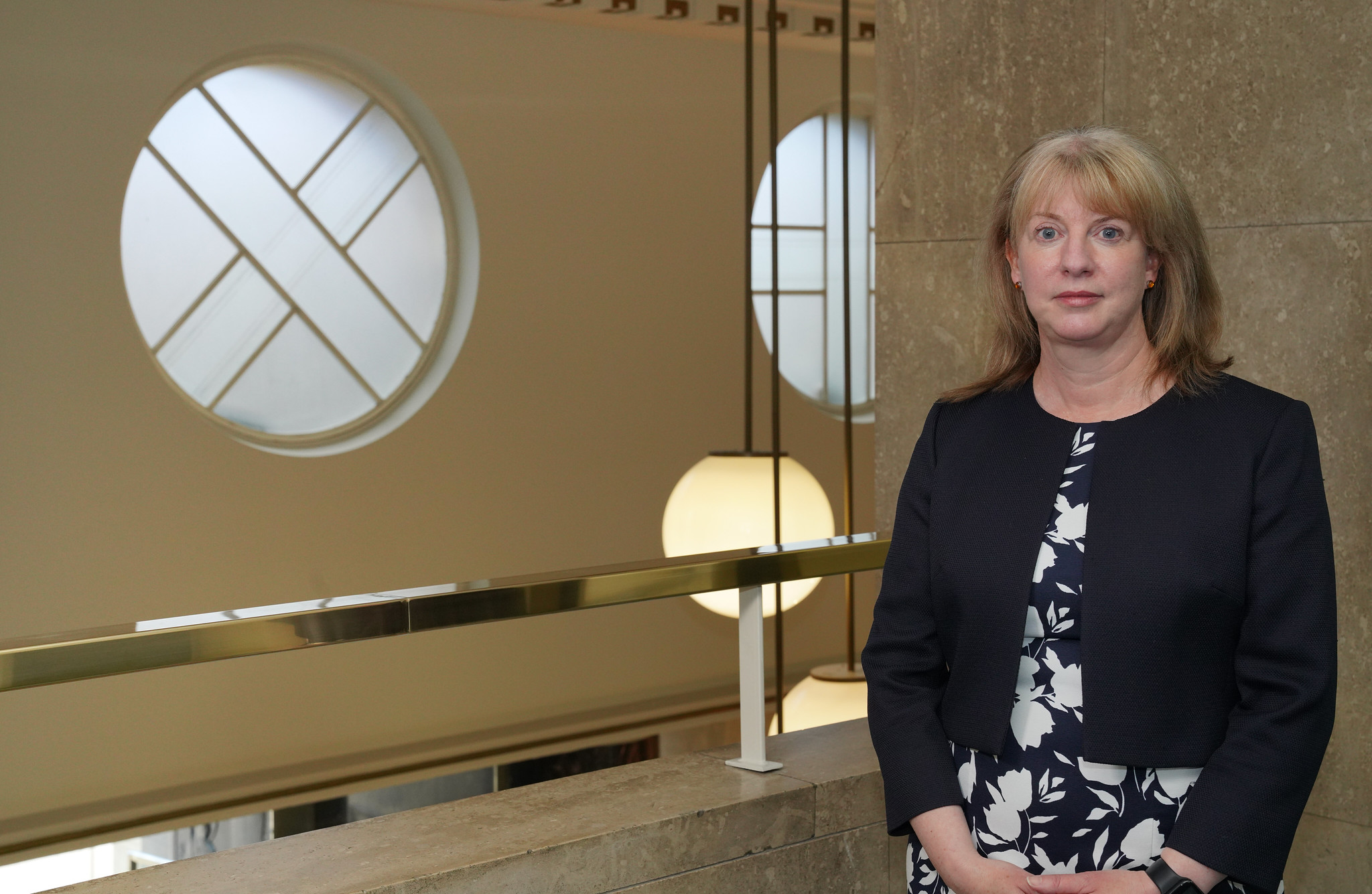Child poverty report details investment and actions in key areas

Social justice secretary Shona Robison
A record investment of almost £8.5 billion was committed to support low-income households between 2018-22, with almost £3.3 billion benefitting children, a new report on child poverty has revealed.
The fourth annual progress report on child poverty, published yesterday, shows that all of the actions committed as part of the first Tackling Child Poverty Delivery Plan, Every Child, Every Chance, have been delivered.
The plan focused on three drivers of child poverty reduction – work and earnings, social security and household costs – and on the six priority family types at greatest risk of poverty, including lone parent families and families with a disabled adult or child.
Key achievements over the life of the plan (2018-22) include:
- introduction of the Scottish Child Payment, with more than 1.2 million payments between February 2021 and March 2022 – a £58.6 million investment
- increase in the number of real Living Wage accredited employers, with the proportion of people earning the real Living Wage or more rising from 80.6% in 2018 to 85.6% in 2021
- increase in the funded hours for Early Learning and Childcare from 600 hours in 2018 to 1,140 hours in August 2021, saving families up to £4,900 per eligible child in 2021
- delivery of 35,095 affordable homes, 25,562 of which were for social rent – supporting an estimated 11,585 households with children into affordable housing between 2018-22
- extension of concessionary travel to all under 22s, with approximately 930,000 young people eligible for support – saving families up to £3,000 by the time their child turns 18
- expansion of universal free school meals to children in primaries 4 and 5, saving families around £400 per child and increasing School Clothing Grant to at least £120 for eligible primary school children and £150 for those in secondary school in 2021.
Social justice secretary Shona Robison said: “Over the last four years, we have strengthened the foundations of support for children and families and used our powers to support those most in need, particularly with the introduction of our new social security system.
“We are now supporting low income households, carers and helping disabled people lead independent lives through 12 benefits, seven of which are entirely new and not available anywhere else in the UK.
“We have made progress despite significant challenges. The pandemic and the continued impact of UK Government welfare reforms has disproportionately impacted the most disadvantaged and been severe. And, of course, households are all now facing the current cost of living crisis.
“That is why we remain determined to continue with our national mission to tackle child poverty. Our second Tackling Child Poverty Delivery Plan for 2022-26, Best Start, Bright Futures, is ambitious and has a range of actions to support families both immediately and in the long term to deliver change.
“We will also continue to call on the UK Government to reverse their welfare reforms, including the two-child limit. Analysis shows that reversing them would put an estimated £780m in the pockets of Scottish households in 2023-24 and help to lift 70,000 people out of poverty, including 30,000 children.”
Scottish Labour social justice and social security spokesperson Pam Duncan-Glancy argued that the Scottish Government still isn’t meeting “the scale or urgency of the problem”.
She added: “This is no time to pat ourselves on the back with 260,000 children still in poverty in Scotland.
“The SNP have chosen to close their eyes and hope for the best, but as the cost of living crisis grows we need real action – not hope and optimism.
“We can’t wait until the next delivery plan to identify what more is needed to lift children out of poverty – by then it will be too late.
“The SNP must acknowledge the gravity of this situation, and start using all the powers of the Scottish parliament to address child poverty.”









